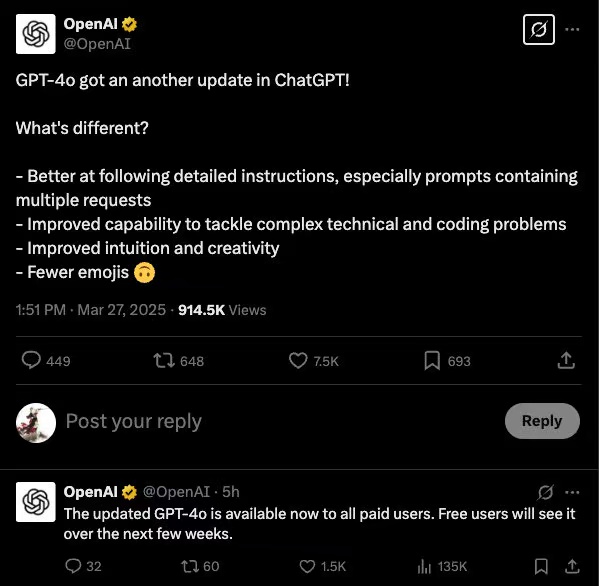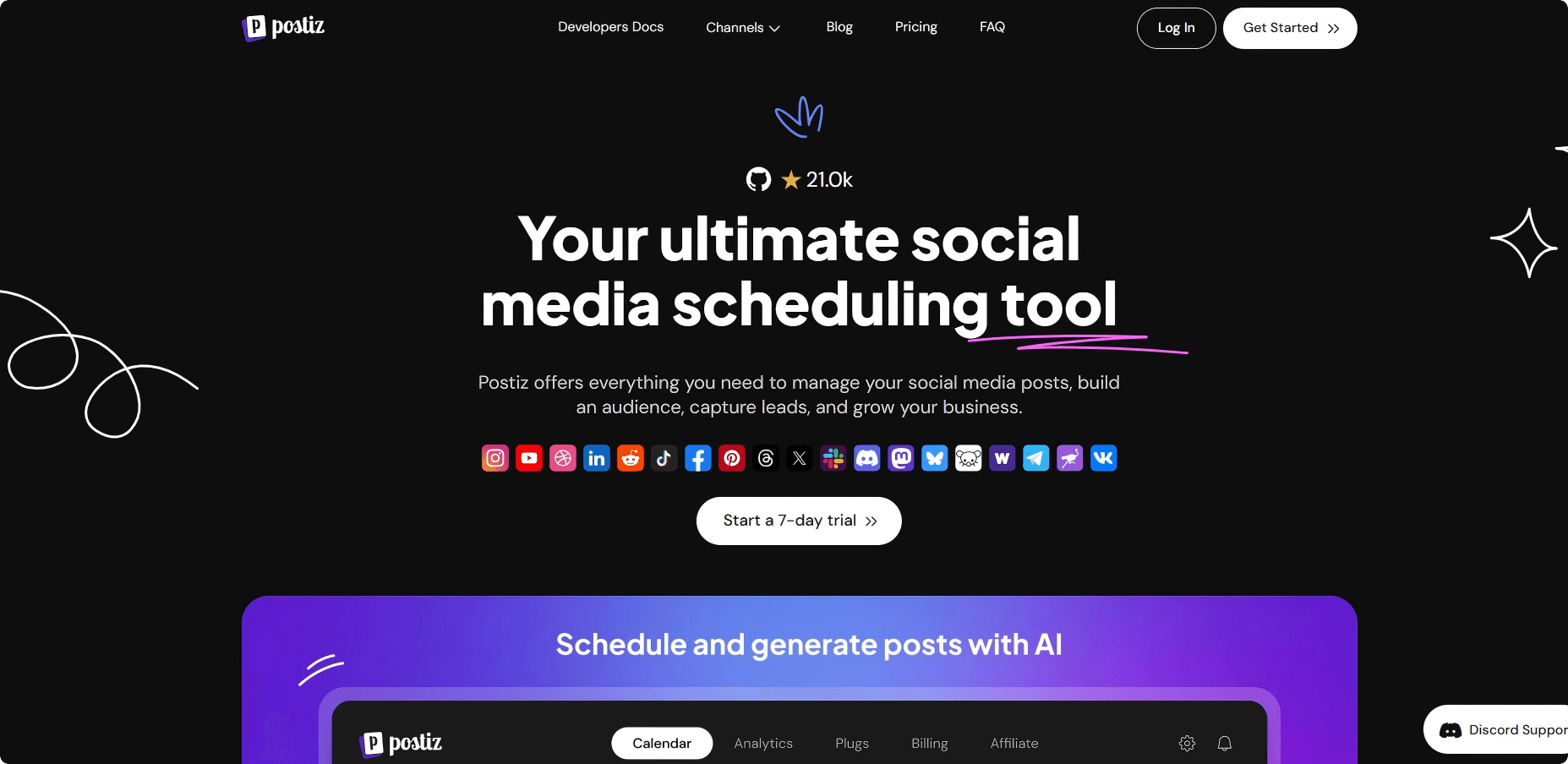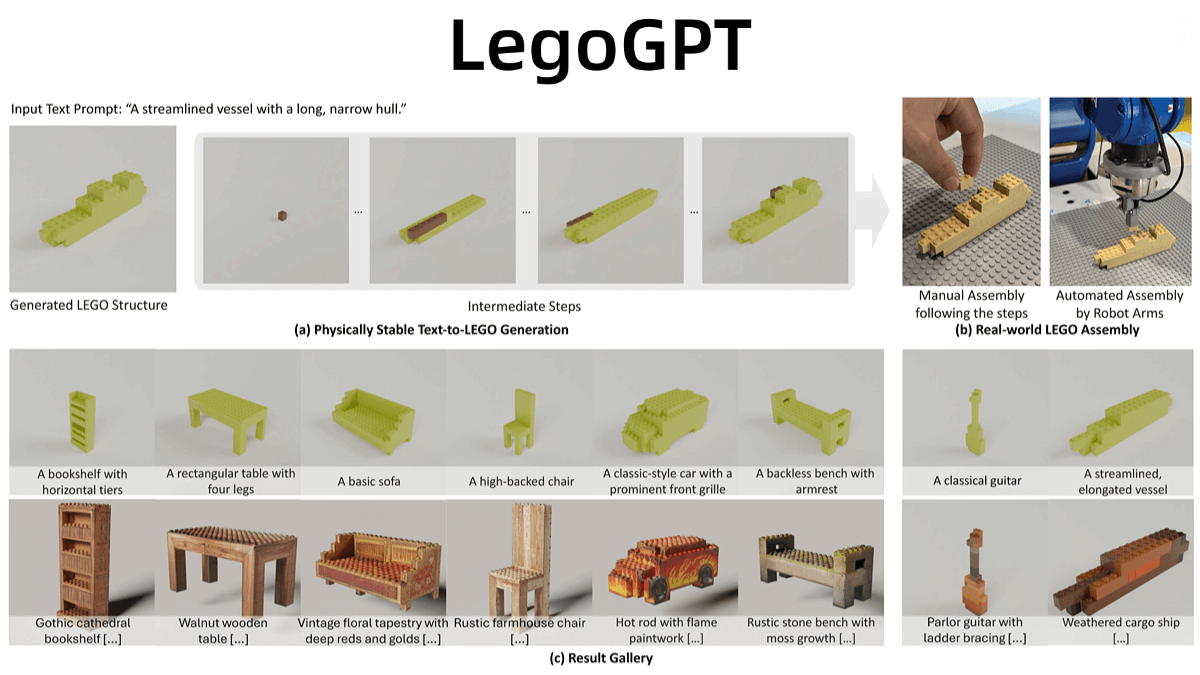What on earth are A2A and MCP? I heard they are the “WTO” and “USB-C” of the AI world?
It has to be said that the “diplomacy” drama in the AI circle is also becoming increasingly intense.
With a wave of its hand, Google launched an open protocol called A2A (Agent-to-Agent). Not to be outdone, Alibaba Cloud also rolled out MCP (Model Context Protocol).
As soon as these two protocols made their debut, the Moments and group chats instantly buzzed with excitement. People were asking left and right: What on earth are these new things? What are they used for? And what do they have to do with us ordinary people?

I originally didn’t bother to dig deeper into these terms, but seeing the level of discussion, I couldn’t help but look into it. As it turns out, it really does seem like a drama of “countries engaging in diplomacy.”
Take it easy. Let’s change the perspective and talk about these two agreements from the aspect of “international relations”. I bet you won’t feel sleepy after reading and will understand them right away.
An AI is like a “country”, and now all these “countries” are holding a grand meeting in the world.
Imagine that each AI Agent is like a small country:
It has its own language, style, capabilities, and boundaries.
These “countries” are now arranged to work in the same building, trying to share resources and cooperate with each other.
The ideal state is, of course, that we take turns speaking, signing contracts, pursuing cooperation, and handling major undertakings together.
But what about reality?
Every agent is like being in a state of isolationism.
A said that only XML can be used. B said that OAuth signature is required. C said that the message must be Base64 encrypted. D insisted that all documents must be in uncompressed PDF A4 format…
Well, partnering with one is like going through numerous challenges, as tough as obtaining visas for multiple countries.
If you want your email assistant Agent to say something to your calendar Agent, you still have to act as an intermediary to translate – copy and paste, write interfaces, call APIs – those who use it know.
The A2A protocol is the standard process for the “Ministry of Foreign Affairs” in the AI realm.
So, Google took the lead in initiating this A2A protocol, like establishing a set of global AI diplomatic etiquettes.
The core purpose is to enable AI agents from different manufacturers to communicate and collaborate using a common language.
Imagine this: Global diplomats all communicate in English, write agreements in a unified format, follow procedures for meetings, speak in an orderly manner, and ensure traceable outcomes—isn’t this the standard playbook for international cooperation?
So, A2A has done these things:
1. Agent Card = Diplomatic Business Card
Each AI Agent needs to register an “identity card”, indicating who I am, what I can do, and what message formats I accept.
2. Task = Diplomatic Project
For example, Country A proposes, “Let’s work together on a new energy cooperation project.” In the AI world, it’s like “I initiate a task for you to take on.” There are elements such as task ID, progress synchronization, and final output (Artifact), etc.
3. Message Mechanism = Diplomatic Correspondence
Each task may involve multiple rounds of communication. For example, A says, “You are missing one piece of data,” and B replies, “Sorry, it’s been added.”
4. Push Notifications = Diplomatic Telegrams
Some tasks take a long time to complete. For example, if you ask an AI to read hundreds of pages of a PDF and analyze trends, you can send a “progress bar” style notification, reporting continuously while working to maintain synchronization.
5. Authentication mechanism = Diplomatic passport
Various tokens, signatures, encryption headers… prevent impersonation or eavesdropping. Only “official representatives” can communicate.
Simply put, A2A is a set of protocols that enables various AI Agents to “conduct diplomacy properly” and stop beating around the bush in their respective “dialects”.

The MCP protocol is more like a “universal tool interface”.
A2A addresses the issue of “how AI communicates with AI”, while MCP tackles another matter:
How to enable AI to utilize various tools and data?
Just as in reality, diplomats need to be able to talk eloquently. Moreover, they also need to be able to retrieve satellite images, look up national treasury data, and operate the visa system… All these rely on the intelligence systems behind them.
In the world of AI, such “external tools” refer to various databases, files, and third-party services, such as Google Docs, search engines, CRM systems, etc.
But here comes the problem:
These systems have their own APIs respectively, with a wide variety of formats. It’s not only troublesome for the Agent to make calls, but also requires customized integration. Developers are really struggling.
Here comes the MCP protocol:
It is equivalent to the USB-C interface in the AI world. You can plug and use whatever you want to do:
- Database? Insert.
- File system? Plug in.
- GitHub? Insert.
- Amap? Plug in. (Amap has already accessed the MCP protocol.)
How does MCP operate?
1. MCP Server = The steward of tools and data
Package your company’s data, services, and applications into standardized “service nodes” and provide a unified format of access points externally.
2. MCP Client = The Ultimate Terminal for AI
As long as your AI supports the MCP client, it can communicate with any MCP service. Whether it’s checking accounts, calling APIs, or retrieving data, one request gets it all done.
In the future, all you need to do is ask the AI, “Check last week’s inventory in my warehouse,” and it will handle all the remaining requests and processes seamlessly.
A2A + MCP are the “United Nations + USB-C” in the AI realm, working together to double efficiency.
Having said so much, many people will still ask:
What exactly is the relationship between the two? Which one is more important?
Then I’ll make up a scenario and you’ll understand.
Scenario: Write a global economic analysis report.
Various AI Agents (representing Google, Alibaba, Anthropic, OpenAI, etc.) are holding a conference. Little G said to Little A, “Let’s write a report together.”
1. The Advent of the A2A Protocol
They conduct standard communication via A2A, with orderly formats and processes, and unified task IDs. Just like diplomats, they regulate their interactions with treaties.
2. Does Xiao A need to look up information? Use MCP.
It utilizes its own PDF document plugin and database API, and the task can be accomplished through the MCP interface without the need to develop a separate plugin.
3. During the collaborative interaction, the mini OpenAI is also involved.
It is responsible for generating chart content. It uses MCP to invoke the Excel plugin and then transmits the results back to everyone through A2A.
4. Final Deliverables (Artifacts)
A high-quality, cross-team AI collaboration report is completed, with the ability to track who completed each step and what tools were used.
This is an ideal AI collaborative ecosystem.
Just a few last words
In the future, when we use AI, it won’t be a single model struggling to carry the load alone. Instead, multiple Agents will collaborate and divide the tasks.
One person plans the itinerary, one checks the flights, one makes the budget, and one writes the copy. Everything runs smoothly through well-established protocols and seamless cooperation. As a user, all you need to do is issue one overall command, and the “diplomatic system” below will take care of everything on its own.
The age of ‘multilateralism’ in AI is really approaching rapidly.
In my opinion, if you don’t learn something about the Agent protocol soon, I’m afraid even AI will be reluctant to pay attention to you.
Related Posts




